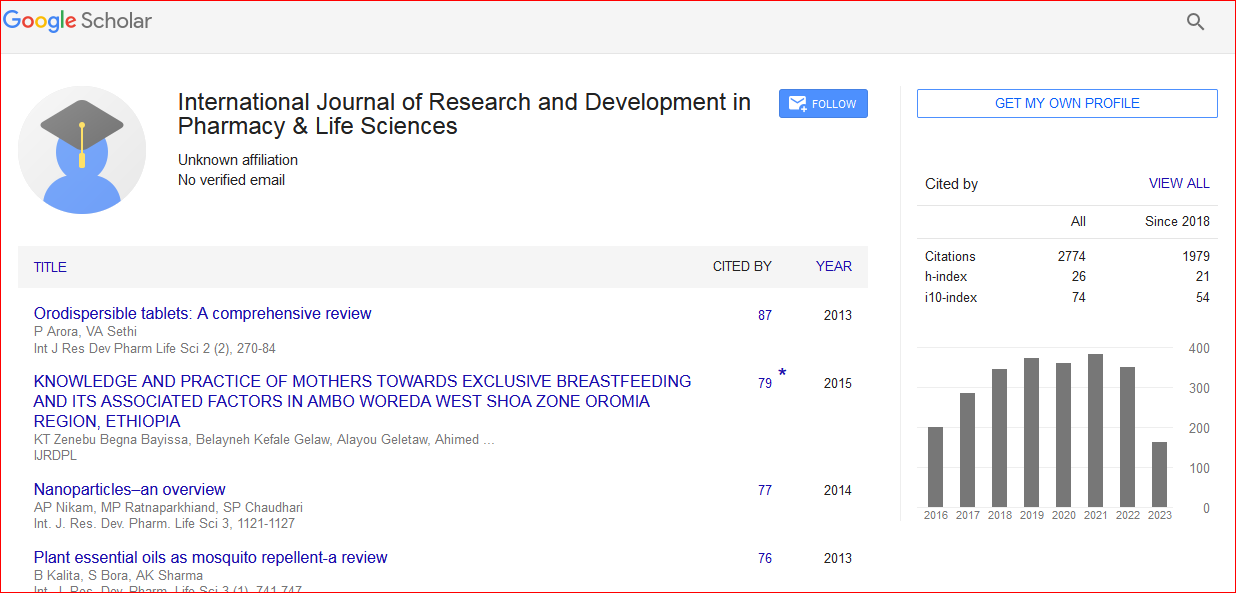Research Article
ANTIDYSRHYTHMIC EFFECTS OF GALLIC ACID ON CaCl2-INDUCED ARRHYTHMIA IN RAT
Abstract
In many cases, myocardial infarction leads to arrhythmia. Since antioxidant agents play an important protective role in heart disease, therefore, many of them are used as medicinal plants in traditional medicine. Gallic acid, as a potent antioxidant agent, was shown many preventive effects on diseases; therefore, the aim of this study was the evaluation of antidysrhythmic effects of gallic acid on CaCl2-induced arrhythmia in rat. Forty male Sprague-dawley rats (200-250 gr) were divided into 5 groups included: control (N/S, 1ml/kg, gavage, 10 days), GA (10, 30, 50 mg/kg, gavage, for 10 days), quinidine (50mg/kg, iv). In all chronic groups before experiments and 10 days later, lead II electrocardiogram was recorded for calculating HR. The arrhythmia was produced by i.v. injection of a solution CaCl2 (140 mg/kg) at time effect peak chemical antiarrhythmias drugs. Then percentage of Ventricular premature beats (VPB), Ventricular fibrillation (VF) and Ventricular tachycardia (V.tach) were recorded. Results were analyzed by using t-test, one-way ANOVA and FISHER exact test. P<0.05 was considered as significant level. The chronotropic effect was not significant with GA after 10 days. GA displayed antidysrhythmic effects on CaCl2-induced arrhythmia with the highest activity at the medium dose of 50 mg/kg, compared to Control group by significant reduction of VPB, VF and V.tach comparable to that of quinidine as a chemical anti arrhythmias drug. GA considered as an antiarrhythmic agent because of reduces the incidence of VPB, Vtac and VF. Results suggest a protective role of GA against heart disease.

 Spanish
Spanish  Chinese
Chinese  Russian
Russian  German
German  French
French  Japanese
Japanese  Portuguese
Portuguese  Hindi
Hindi 
